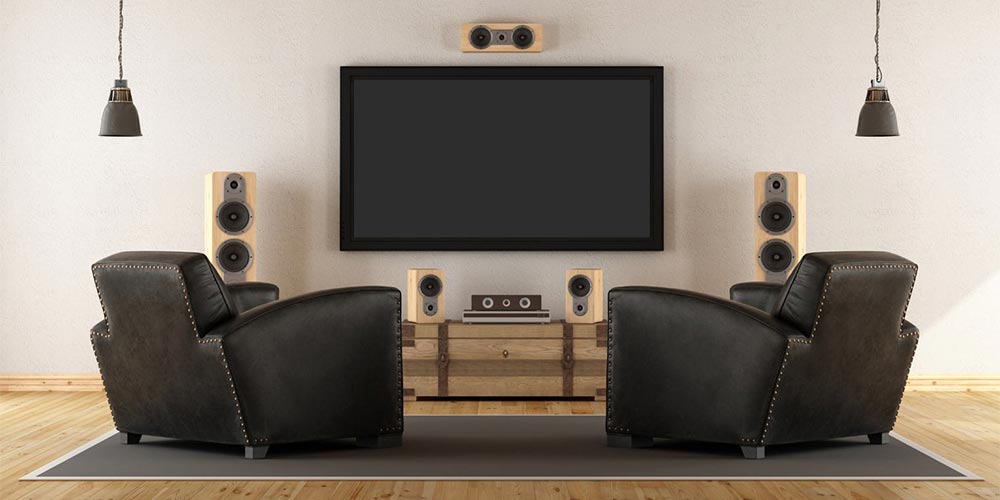
When it comes to home theatre installation activities, few are more important than the placement of the acoustic panels. While the technology and need for these instruments is a relatively new phenomenon, it is catching on quickly for good reason. That reason is that they create a richer, fuller soundscape during your media consumption time.
But, how does home theatre installation work with acoustic panels? Well, as Smart Space Home Automation will help describe today, the process is only a little complex. The summary is this: select the right panels, select the right places, ???, profit. Just kidding, that’s just a common internet meme. But realistically, it’s not so far from the truth. Let’s start with a discussion about the different types of panels available.
What You Need to Know to Place Acoustic Panels in Your Home Theatre
Acoustic Panels & Bass Traps
The frequency of sound waves affects what we hear. Without going into all the details and nuance involved in that statement, let’s just break it up into treble and bass oscillations. Bass is the deeper, less frequent soundwaves, and treble is the higher, more frequent ones. Most acoustic panels are meant to reflect and absorb the treble sounds that come from your television and sound system. To this end, they are typically just thin fabric covering a simple mounting assembly.
Bass requires thicker material since the waves are longer, travel further and reflect more. This is where bass traps come in. These are very similar to acoustic panels in some ways but often made of much thicker material to better absorb soundwaves. This makes them the ideal solution for bass, as the alternative is a lot of extra bouncing waves and discordant sound.
Finding the Noise Reflection Points
Now that you know which products you’ll need for your home theatre installation, the next step is to find the points in your room where noise bounces off the walls. An easy way to do this is to take a mirror, walk around the room pointing it away from you, and mark the areas where you can see your speakers reflected in it. This will show you exactly where the sound is going to bounce and will help you find the places where sound dampening will be most effective.
Adjusting As Needed & Best Practices
Well, you’ve put together your soundproof space and are ready to enjoy the benefits of your keen and effective home theatre installation. But, as you begin watching a movie, you hear a rather tinny sound off to the right. Later on, there is an action scene, and the sound comes out a bit muffled. These are both keen observations and adjustable problems that can be addressed.
After your project is done, don’t be afraid to make adjustments as needed. Sound science is tricky, and reflections are hard to estimate the first time correctly. Instead, just take it slow and make changes as you find issues. If you don’t find any, then congratulations on your successful and complete home theatre installation project!
